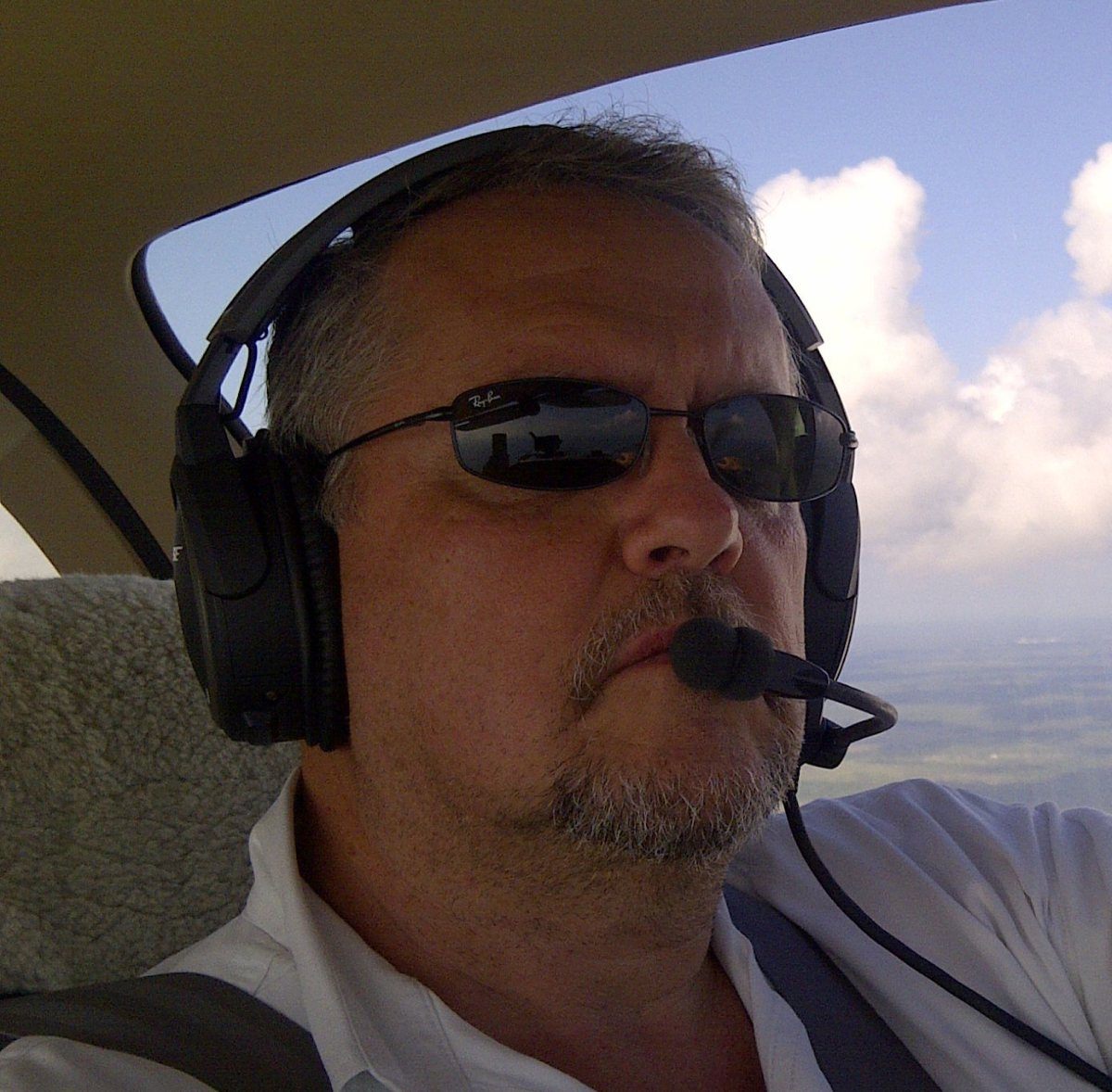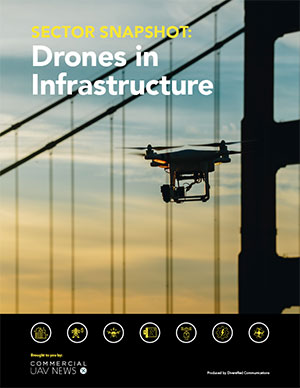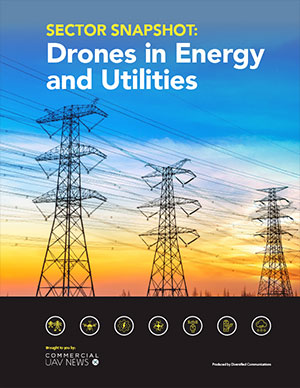During the “Autonomous Docked Drone Integration with GIS Systems in Alaska” session at NestGen, attendees heard from experts at the Alaska Department of Transportation (DOT) and Esri on how docked drones have revolutionized data capture and management for environmental monitoring in Alaska.
Melany Wilson, GIS Analyst at Alaska DOT, explained that, given the sheer size of Alaska, it’s difficult to monitor multiple areas at once. However, Alaska DOT found that drone-in-a-box (DIB) solutions were a perfect fit for their imagery needs.
Another factor of concern for Alaska DOT is safety. Wilson reported. Collecting data at an avalanche chute, the base of a landslide or at the site of a flood are all dangerous and volatile areas. For Alaska DOT, having a drone to capture the data instead of a human has been invaluable.
“Drone data has been providing more data than ever, and 90% of data ever created was created in the last two years,” explained Wilson. To capture this data, Wilson’s team currently has 22 drones and uses the Skydio dock. These systems are used to collect photogrammetry and thermal data.
Alaska DOT also uses SiteScan to manage the data and share that out to their users. The goal behind using DIB solutions was to streamline the data captured and make it accessible to the state’s network. Through their efforts, the agency found that the imagery and video data the drones captured was valuable beyond the DOT, as they were able to circulate the data between departments. Using DIB solutions, Wilson said, was also part of their initiative to standardize data capture and processing and tying it into a working model.
This kind of data can help inform other agencies of the state on certain aspects of pending natural disasters, said Wilson and her co-presenter, Esri’s Cody Benkelman. For example, in an effort to mitigate avalanches that directly impact major highways, the presenters reported that Alaska DOT has been using drones to drop explosives as part of a controlled avalanche project. The data collected at the chute prior can inform agencies of when and where these controlled avalanches need to happen.
Alaska DOT plans to scale their drone operations up, making their flights routine to get the most accurate and up to date information. To do this, they are following a digital transformation model to achieve fully autonomous operations. They are currently using AI as a tool to extract data to answer questions about the environment and to guide emergency response efforts.
“The ultimate goal is to turn to a more autonomous, adaptive, and generative model so that we can take all the data and then we can tell it to grab what we want specifically and then use our analytics to answer questions that we have about our environment in Alaska,” said Wilson. To quantify value in this context involves obtaining an accurate representation of reality, whether it's tracking flood restoration progress or assessing the scale of an avalanche. The key, she said, is to gather precise data and ensure that the state network can access and utilize this information as soon as it becomes available.
In the days to come, check out Commercial UAV News for more recaps from NestGen 2025.















Comments